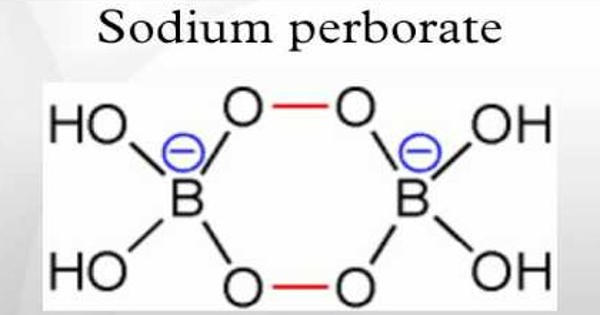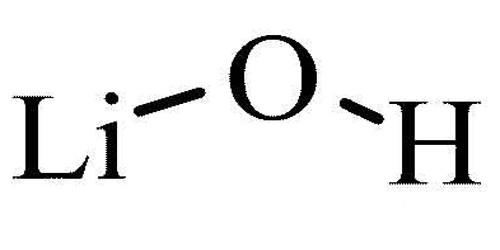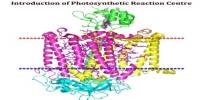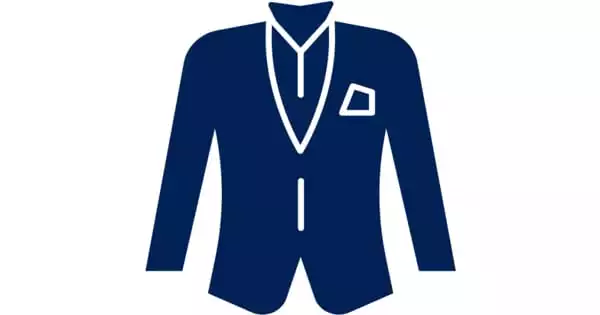As the population of humans grows and contamination affects freshwater sources, access to clean water is becoming more and more difficult. The amount of water that can currently be produced daily by devices that purify contaminated water using sunlight is only a few gallons.
But now, researchers in ACS Central Science reveal how loofah sponges served as the inspiration for a porous hydrogel powered by sunlight that may be able to purify enough water to meet someone’s daily needs even when it’s overcast.
Researchers have previously hypothesized that sunlight-driven evaporation would be a low-energy method to filter water, however this strategy fails when it’s cloudy. One solution could be temperature-responsive hydrogels, specifically poly(N-isopropyl acrylamide) (PNIPAm), that switch from absorbing water at cooler temperatures to repelling it when heated.
However, conventional PNIPAm gels can’t generate clean water fast enough to meet people’s daily needs because of their closed-off pores. Conversely, natural loofahs, which many people use to exfoliate in the shower, have large, open and interconnected pores.
So, Rodney Priestley, Xiaohui Xu, and colleagues wanted to replicate the loofah’s structure in a PNIPAm-based hydrogel, yielding a material that could rapidly absorb water at room temperature, and rapidly release purified water when heated by the sun’s rays under bright or cloudy conditions.
The researchers used a water and ethylene glycol mixture as a uniquely different polymerization medium to make a PNIPAm hydrogel with an open pore structure, similar to a natural loofah.
Then they coated the opaque hydrogel’s inner pores with polydopamine (PDA) and poly(sulfobetaine methacrylate) (PSMBA), and tested this material using an artificial light equivalent to the power of the sun. When heated by artificial light, it absorbed water at ambient temperature and released 70% of that water in 10 minutes a rate that was four times faster than that of a previously known absorber gel.
According to the researchers, at this rate, the substance might perhaps supply a person’s daily needs. Also, it took 15 to 20 minutes for the material to release a comparable amount of held water under reduced lighting circumstances that replicated partially cloudy sky.
Finally, the new loofah-like material was tested on samples polluted with organic dyes, heavy metals, oil and microplastics. In all of the tests, the gel made the water substantially cleaner. For example, in two cycles of treatment, water samples with around 40 parts per million (ppm) chromium were absorbed, then released with less than 0.07 ppm chromium the allowable limit for drinking water.
The distinctive hydrogel structure that the researchers developed may prove valuable in other applications, including medication delivery, smart sensors, and chemical separations, according to the researchers.
















